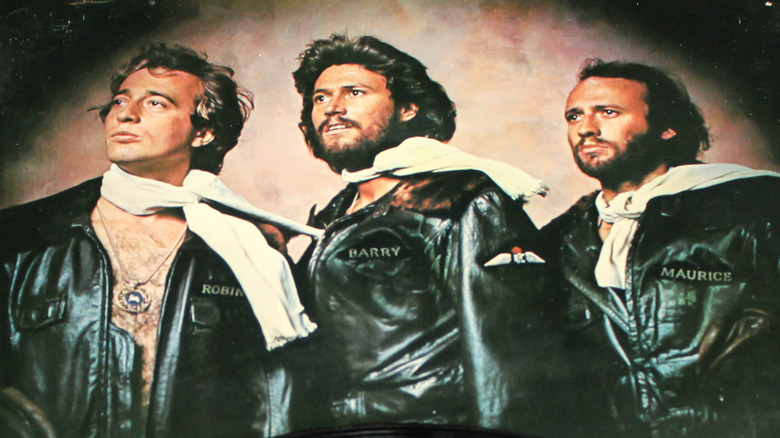How An Iconic Bee Gees Song Helped A Grocery Store Cashier Save Someone's Life
Gayle Tomlinson, a worker for the British supermarket chain ASDA, saved the life of a customer who suffered a heart attack by applying CPR for 23 minutes to the beat of the Bee Gees song "Stayin' Alive," buying enough time for paramedics to arrive. That sounds about as on-the-nose as a soundtrack can get without literally narrating the rescue.
"I'm not first aid trained, but I have picked things up and I was taught things from my late mum, Jill, who was a nurse," Tomlinson explained in an ASDA post covering the heroics. "I also knew that you had to do CPR to the rhythm of 'Stayin' Alive' and I did that in my head." While the worker performed compressions, the paramedics monitored the situation from afar with the aid of an on-site defibrillator. The customer, 54-year-old Nigel Gronous, survived thanks to her efforts. According to Tomlinson, now, he always drops by her cash register lane to say hello when shopping.
"Stayin' Alive" has long been recommended as a song to internalize for CPR. As the BBC reported in 2011, the song contains 103 beats per minute and the UK Resuscitation Council says the rate of chest compressions during CPR should be between 100-120 per minute.
It doesn't have to be the Bee Gees
What Gayle Tomlinson did truly made the difference between life and death. According to ASDA store manager Justin McRae, "The lead paramedic returned to store to tell me that without Gayle's intervention and actions it was highly unlikely that the gentleman would have made it. She had given him the best possible chance of surviving." In 2017, Today reported that the survival rate for cardiac arrests could double and the possibility of brain damage would minimize if more bystanders could immediately give CPR. For it to work, that rate of 100 beats per minute must be maintained.
However, as the piece notes, even though "Stayin' Alive" is the go-to, there is a whole swathe of other songs that would work. These include "Work It" by Missy Elliot, "Dancing Queen" by ABBA, and "Another Brick in the Wall" by Pink Floyd. In a BBC piece, researchers found that songs did help people remember the needed rhythm for CPR, but often failed to press deep enough. So, they recommended other learning aids. Both the Red Cross and the American Heart Association provide resources and classes for those who want to learn how to apply CPR.

